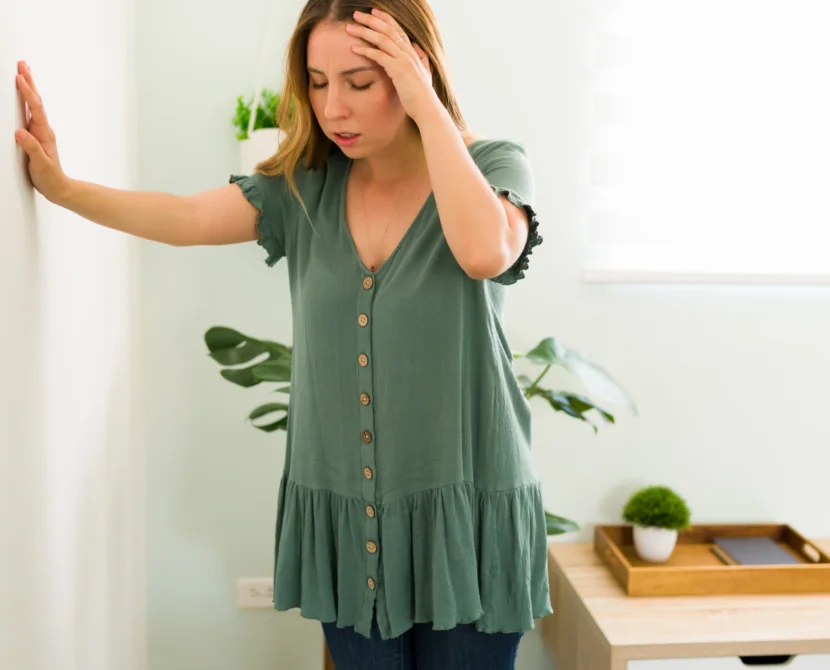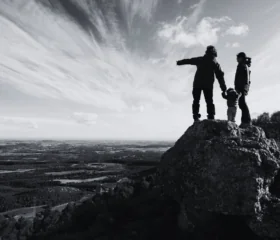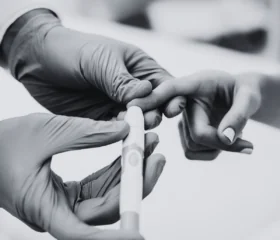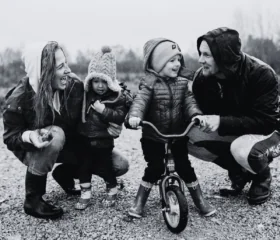Lessons in Resilience: Overcoming DKA and Embracing Wisdom

For those living with type 1 diabetes, the path to managing this complex condition is often paved with resilience, wisdom, and, at times, harrowing experiences. In this article, we highlight Sarah Hays, who shares her story of battling diabetic ketoacidosis (DKA) twice and the lessons she’s learned along the way. After more than two decades with diabetes, Sarah reflects on her journey, from early misunderstandings about her condition to embracing self-advocacy and preventative care. Her experiences offer a powerful reminder of the strength it takes to navigate diabetes, equipping herself – and others – with strategies to avoid DKA and embrace life’s possibilities.
After having type 1 diabetes for 22 years, I feel the challenges and struggles of managing my condition have spread far and wide into my life. Some challenges come in small packages, like the inconvenience of counting carbs before eating a meal, a stubborn insulin pump site connection, or the need to check my blood glucose and adjust correctly with carbs before dancing or hiking or fishing offshore when rigorous activity will likely lower my glucose.
On a larger scale, when I consider some of the worst large package challenges that come with this condition, I think of Diabetic Ketoacidosis (DKA). DKA is a life-threatening complication of diabetes characterized by severe hyperglycemia, metabolic acidosis, and increased ketone concentration. It is a relative or absolute insulin deficiency worsened by hyperglycemia, dehydration, and acidosis. Triggers include infection, new-onset diabetes, or lack of diabetes treatment.1 My first experience with DKA was at diagnosis (or “new-onset”) when the unknown high blood glucose was wreaking havoc inside my body. And my second experience was due to a lack of diabetes treatment.
My Unforgettable Ordeal with DKA
If you have ever been hit with an intense bout of food poisoning, had an awful GI bug, or had a hangover like you see people suffer from on TV and in movies, and THEN multiply that feeling by a hundred, you may get an idea of how I felt during my second episode of DKA. I felt an out-of-this-world hangover with no alcohol consumption. I felt so dehydrated, so weak, and so acidotic that my breathing began to feel heavy. (I later learned in nursing school that my lungs were working in overdrive, attempting to expel the acidic ketones that my kidneys could not eliminate.) I felt as if someone was standing on my chest.
Did I know I was in DKA? Probably not. Should I have known? Yes, my A1C was still well above my target range at that time. In hindsight, I would have told my younger self what symptoms to watch for:
- an unchanged or rising blood glucose above 250 to 350 over 2 hours despite treatment measures
- a high blood or urine ketone result
- illness or infection
Turning Pain into Progress: Finding my Voice
I believe my second experience with DKA at age 19 (when I barely understood how insulin worked and often simply forgot to take some of it) was an experience I needed to become today’s older, wiser version of me. I remember initially entering the ER and being so thirsty and dehydrated that I felt I’d just crawled across the Sahara Desert. I will never forget repeatedly being told that I was not allowed to drink any water due to aspiration precautions, but going into the public bathroom and savagely drinking from the faucet to quench the animalistic desire I felt to alleviate my thirst. I felt so dehydrated, so nauseous, and so depleted from vomiting long after nothing remained in me to expel, that I asked myself if death may feel better.
Those nasty symptoms also brought along feelings of upset and frustration. I had come into a hospital with blood glucose nearly unreadable on a meter, which took two days (with no food) to bring down. When I was finally able to eat, I wondered why I was given two servings of white bread, scrambled eggs (with a low-sodium salt substitute but no cheese), grits, orange juice, and a packet of Sweet’N Low. I will never forget how hungry I was and how hard I tried to communicate with my care providers that the small dose of insulin prescribed did not seem to be enough to cover the food I was given. I remember being told that “in the hospital, there is a desire to avoid severe hypoglycemia, so although the insulin amount may seem inadequate, the doctor knew best.” When my blood glucose began rising back to the 300-400 range, I remember telling my mom, “Please hand me my monitor and insulin. This is for me to take care of and no one else.” Looking back on this experience, I realize I never had to just eat what I was given. I could have asked for more eggs or more protein options instead of agreeing to the white bread, grits, and orange juice.
The older, wiser version of myself also knows that DKA is nothing to mess around with. It can become life-threatening. And it is ultimately up to ME to do all I can to avoid blood glucose levels that stay well above range for too long. I have worked hard to remember that it is MY body that I must live with and MY choices that will determine how my journey goes. I currently work on what I do physically (move more, sit less) and what I eat (more whole foods, vegetables, and high-quality proteins, less simple carbs). I also work on more up-to-date, moment-to-moment glucose monitoring (accurate CGM and regular blood glucose monitor use).
My Strategies for Diabetes Self-Management and DKA Prevention
I can do a few things to manage my blood glucose changes as effectively as possible:
- I’m in charge of knowing where I predict my sugar is every hour or 2. If I feel off or high or more irritable or thirsty, I take the time to monitor and assess my needs more closely.
- If I take a break from using my CGM, I can do a blood glucose check that gives me peace of mind to confirm my glucose.
- I act on any blood glucose that remains over 200-250 for an hour, by taking a small insulin dose, vacuuming the house, or dancing or walking for a few minutes to get the insulin dose working more quickly.
- If my interventions to bring my glucose down do not work for more than 2 hours, I ensure that I maintain hydration with water. I contact a care provider or a person in my support system.
- I check for ketones with strips and if they are present in any amount, I immediately contact my doctor or go to the nearest ER/hospital care team.
- If my breathing EVER feels heavy with continued high blood glucose, I call 911 or get urgent transport to a medical facility.
My other diabetes management tips include:
- Asking my healthcare practitioner for more information on the insulin management system I’m on.
- Working with my healthcare team to set an A1C goal that helps me feel my best.
- Asking where to get ketone strips, when to use them and why.
- Staying hydrated by sipping water all day long.
- Keeping good, knowledgeable people on my diabetes care team.
- Embracing peer support through DiabetesSisters and other reputable support group platforms.
- Knowing the warning signs and symptoms of DKA.
- Knowing I deserve to feel well and that there is help to guide me through this unique life with diabetes.
But the truth is, life can sneak in and break your insulin pump, leave you with no insurance coverage to pay for a needed prescription, or hit you with a nasty infection, and cause your body to move into diabetic ketoacidosis. Shame and guilt should never surround the complications we may experience while living with diabetes. I still know that I, too, hold a sense of unease in myself when my numbers or health scenarios don’t convey how much effort I put into living with this condition.
These bodies are all that we have on this earth. Ultimately, I do not wish to experience the misery and discomfort I felt with my last DKA experience, but it may happen. Life happens. We will have challenges and will not be perfect, but we can be our own best care advocates.
References:
- The National Institute of Health http://www.ncbi.nlm.nih.gov/books/NBK560723
About the Contributor
My name is Sarah Hays. I am 36 years old and have lived with Type 1 DM for 21 years. I am a 5th generation Floridian, a mother, a nurse, and an angler. I love learning from and sharing with those in the diabetes community.
Written by






